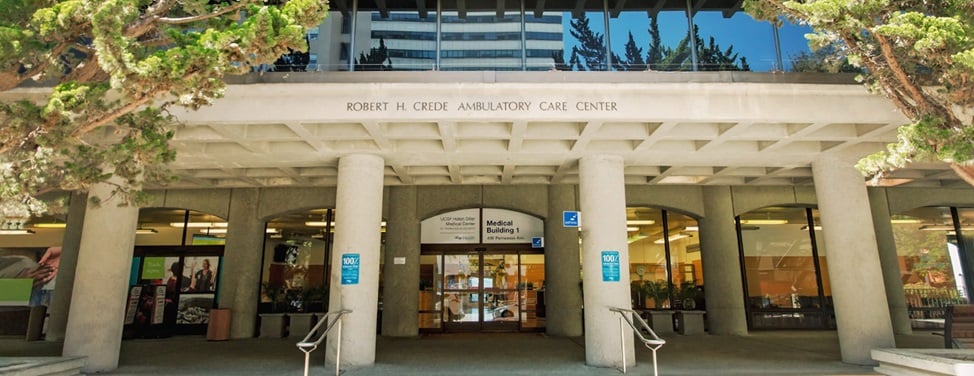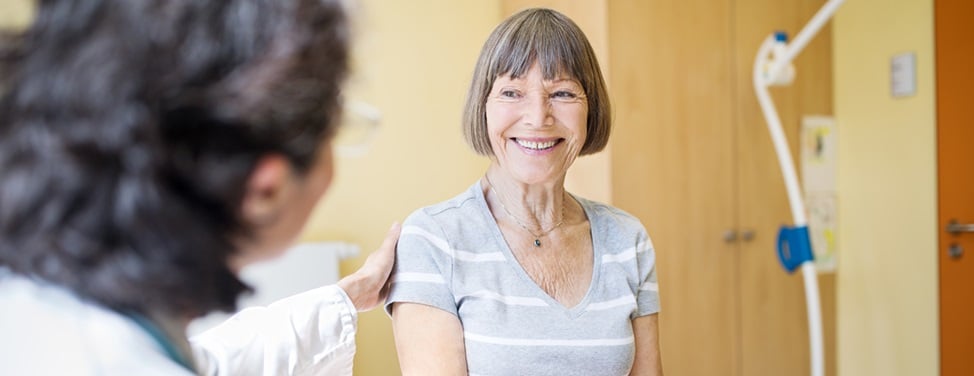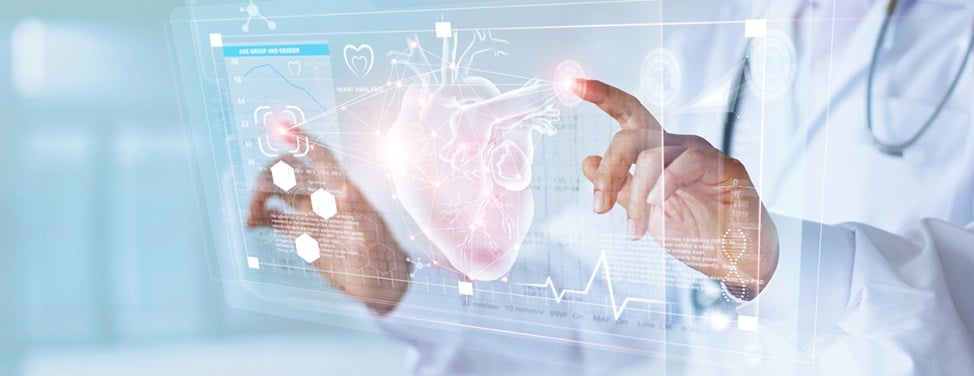
Electrophysiology Procedure
An electrophysiology (EP) study is a test performed to assess your heart's electrical system or activity and is used to diagnose abnormal heartbeats or arrhythmia.
The test is performed by inserting catheters and then wire electrodes, which measure electrical activity, through blood vessels that enter the heart.
For information on how to prepare in advance for the electrophysiology (EP) study, please see Preparing for the EP Study.
When you arrive at the hospital, the final steps to prepare for the EP study are:
- For your comfort, empty your bladder as completely as possible. A bedpan or urinal will be available during the procedure. Depending on the length of your precedure, a catheter may be inserted to drain your bladder of urine during the procedure.
- A small intravenous (IV) needle will be inserted into a vein in your arm to administer drugs, if necessary.
The procedure
The EP study is performed in the electrophysiology laboratory of the hospital, where you'll be placed on an X-ray table. A camera and television screens , heart monitors and various instruments will be close by. Electrodes will be placed on your chest and back to connect you to monitoring equipment. A blood pressure cuff will be placed on your upper arm to monitor your blood pressure.
To prevent infection, a nurse will shave and cleanse the groin and possibly neck area where the catheters will be inserted. The area will be cleansed with an antiseptic. Sterile sheets will be draped over your body.
Find a comfortable position so you can remain still during the procedure. Please don't touch the sterile areas on your neck and groin.
Depending on the type of study you undergo, you may be given medications intraveniously, administered in your arm, to sedate you or make you sleepy. These medications help reduce your anxiety and relieve your discomfort. Your doctor will let you know if sedation medications are appropriate.
A local anesthetic will be administered with a tiny needle to numb the area where the catheters are inserted. You will feel a pinprick and possibly a stinging sensation for a few seconds.
One or more catheters, which are thin, long, flexible wires, will be inserted into a large vein in your groin or neck. The catheters will be guided to your heart. The positioning of catheters inside your heart will be monitored on a screen. You may feel pressure when the catheters are inserted. The incision site is less than a quarter of an inch.
There are two parts to the EP study:
- Recording the heart's electrical signals to assess the electrical function
- Pacing the heart to bring on certain abnormal rhythms for observation under controlled conditions
Medications are sometimes used to stimulate your arrhythmia. You may feel your heart racing or pounding. This may make you anxious, but you needn't be alarmed. The doctors want to induce the abnormal rhythm causing your problem, so they can treat the arrhythmia. If you have any uncomfortable symptoms — such as chest pain, dizziness, shortness of breath, nausea and pain — tell your nurse or doctor.
Your role during the study
Try to remain calm and relaxed. Don't move your arms or legs in the sterile working area. If you feel any discomfort, let your doctors or nurses know immediately, so they can help you get comfortable.
In the controlled environment of the EP laboratory, induced arrhythmias are handled by well-trained personnel with state-of-the-art equipment. This is an important tool that allows your doctor to gain information about your arrhythmia that will help prevent future occurrences.
After the procedure
Once the EP study is over:
- Catheters are removed and pressure applied to the groin and neck areas to prevent bleeding.
- You'll lie still in bed for four to six hours to allow the catheter sites to seal. Don't move or bend your leg.
- You will be checked frequently. If you feel sudden pain or see bleeding at the site, call the nurse immediately.
- Your doctor may share some of the preliminary findings after the test.
- If you feel well enough, you may be able to eat and drink.
Before leaving the hospital, your doctor or arrhythmia nurse coordinator will provide instructions regarding medications and follow-up care and any restrictions in your normal activities.
Returning home
After you're discharged from the hospital and return home, please follow these guidelines:
- Limit your activity for the first 24 hours. Don't strain or lift heavy objects more than 10 pounds for the first week.
- If traveling home takes several hours, stop every hour, stretch your legs and walk a few minutes to prevent formation of blood clots in your legs.
- If you notice new blood on the dressing, press firmly on the incision site for about 20 minutes. If bleeding continues, call your doctor or go to the nearest emergency room while still applying pressure.
- Leave the dressing on until the day after the study. Your nurse will show you how to remove it.
Don't worry if you see a bruise or small lump under the skin at the insertion site. It will disappear within three to four weeks.
When to call us
Call your doctor or arrhythmia nurse coordinator if:
- The site, where catheters were inserted, becomes painful or warm to the touch.
- You have chest pain, palpitations, shortness of breath or lightheadedness.
UCSF Health medical specialists have reviewed this information. It is for educational purposes only and is not intended to replace the advice of your doctor or other health care provider. We encourage you to discuss any questions or concerns you may have with your provider.












